Indigenous Robotics: Bridging Tradition and Technology for STEM Empowerment
Indigenous Robotics is an educational initiative that blends traditional indigenous knowledge with modern STEM learning. It empowers indigenous youth through hands-on robotics, coding, and drone technology, fostering innovation, cultural pride, and leadership in science and engineering.
Description
Introduction
The Indigenous Robotics category of the National Engineering Robotics Contest (NERC) 2025 offers a unique opportunity to promote grassroots engineering and inclusive innovation. As a joint initiative by NUST and HEC’s STEM Careers Programme, it encourages students to develop autonomous robots entirely from scratch. Moreover, this theme allows participants to apply their knowledge to a real-world challenge: automating the localization, identification, and sorting of fruit boxes. Consequently, students not only gain technical experience but also develop critical problem-solving abilities. With an increasing demand for automation in Pakistan, Indigenous Robotics becomes highly relevant and impactful.
Key Features of Indigenous Robotics
First and foremost, Indigenous Robotics emphasizes originality. Therefore, teams must design the robot’s hardware and control systems themselves. Unlike the modular category, no commercial kits are allowed unless specified. Furthermore, this hands-on approach strengthens students’ foundational skills in mechanical design, embedded systems, and control logic.
Additionally, the category includes:
- Two-Phase Competition: It begins with qualifying rounds and then advances to head-to-head matches.
- Self-Built Electronics: All motor drivers and PCBs must be student-designed, unless otherwise stated.
- Relevant Real-World Scenario: Robots must detect, pick, and place fruit boxes based on their color and assigned location.
- Retry Mechanism: Teams may retry multiple times within 3 minutes, though only the final score is counted.
Hence, the challenge simulates industrial automation tasks and prepares students for practical robotics deployment.
Specifications
To ensure a level playing field, organizers enforce several strict specifications. Firstly, all teams must design robots that operate autonomously and run wirelessly using battery power only. Secondly, teams must build robots that stay within defined size and weight limits. Moreover, teams may use IR and ultrasonic sensors for navigation, but they must avoid tactile sensors for wall detection. Each robot must complete the course with both speed and precision, since judges score based on performance. Therefore, teams must pay close attention to every detail to succeed.
Significance of Indigenous Robotics
As technology becomes central to modern life, it is essential that students from all backgrounds gain access to robotics education. Therefore, this category serves as a bridge, especially for students in underserved or indigenous communities. In addition, it fosters innovation, teamwork, and confidence. By requiring self-made components, it deepens students’ understanding of how robots actually function. Furthermore, it aligns with national priorities for technological advancement and capacity-building. Thus, Indigenous Robotics empowers the next generation to contribute meaningfully to fields like agriculture, manufacturing, and logistics.
Conclusion of Indigenous Robotics
In conclusion, Indigenous Robotics stands as a pillar of empowerment, innovation, and education within NERC 2025. While it challenges students to go beyond kits and pre-made solutions, it also provides them with valuable insights into real-world robotics. More importantly, it nurtures a future where self-reliant, locally-developed technologies drive national progress. As students design, build, and refine their creations, they are not only competing—they are preparing to shape the technological landscape of tomorrow.
Visit our website Ampflick for more products.
You can also visit our Instagram and Facebook for latest update
Only logged in customers who have purchased this product may leave a review.


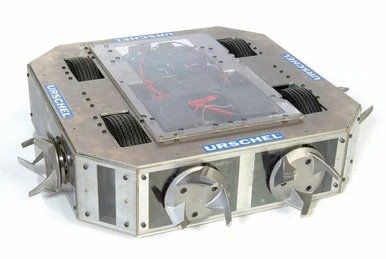
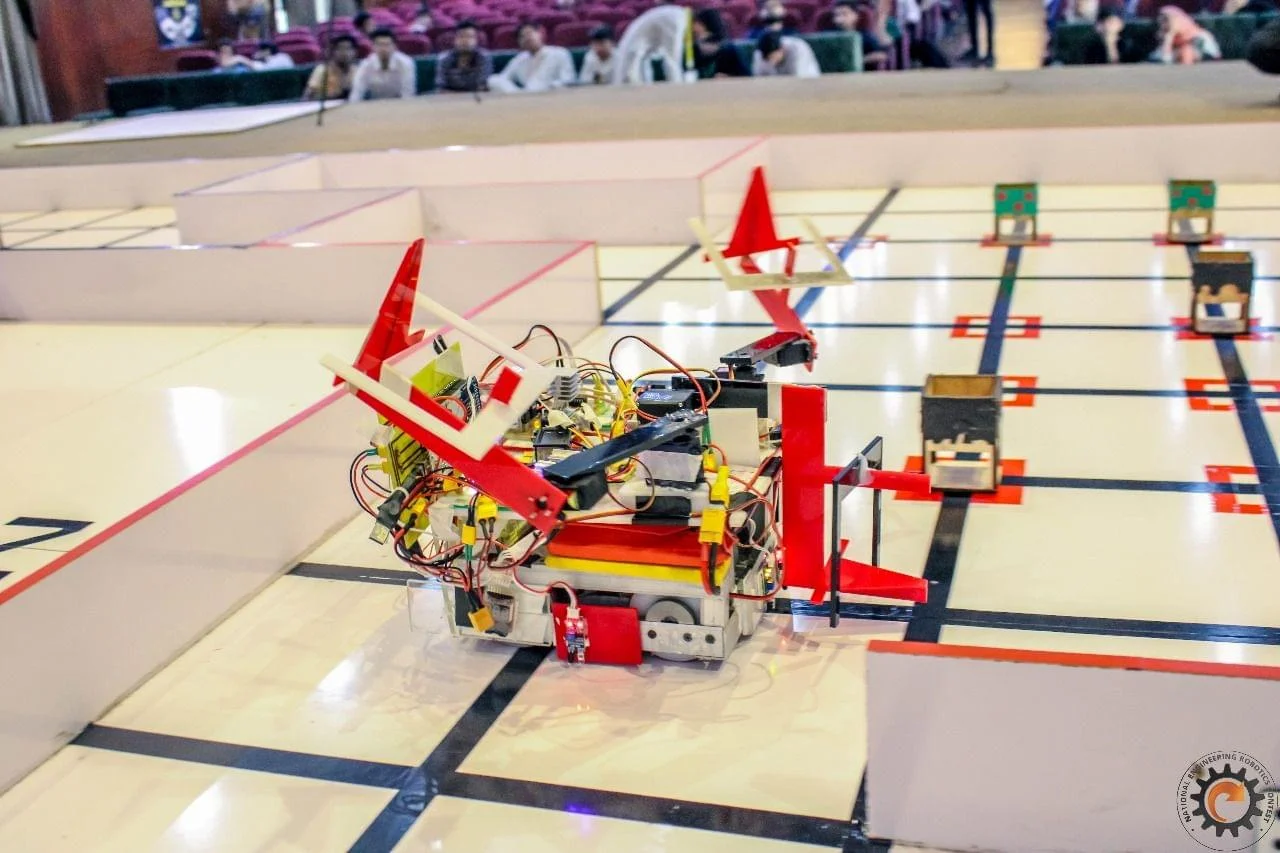
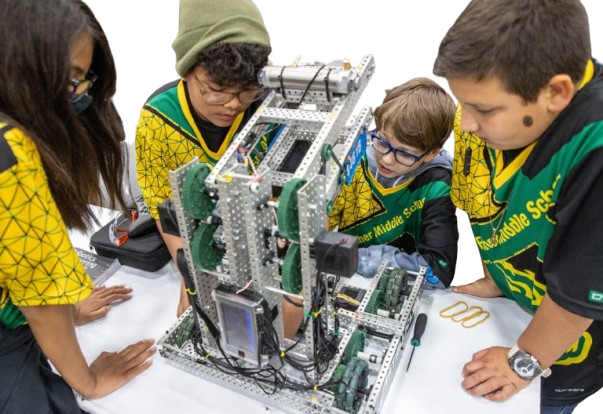
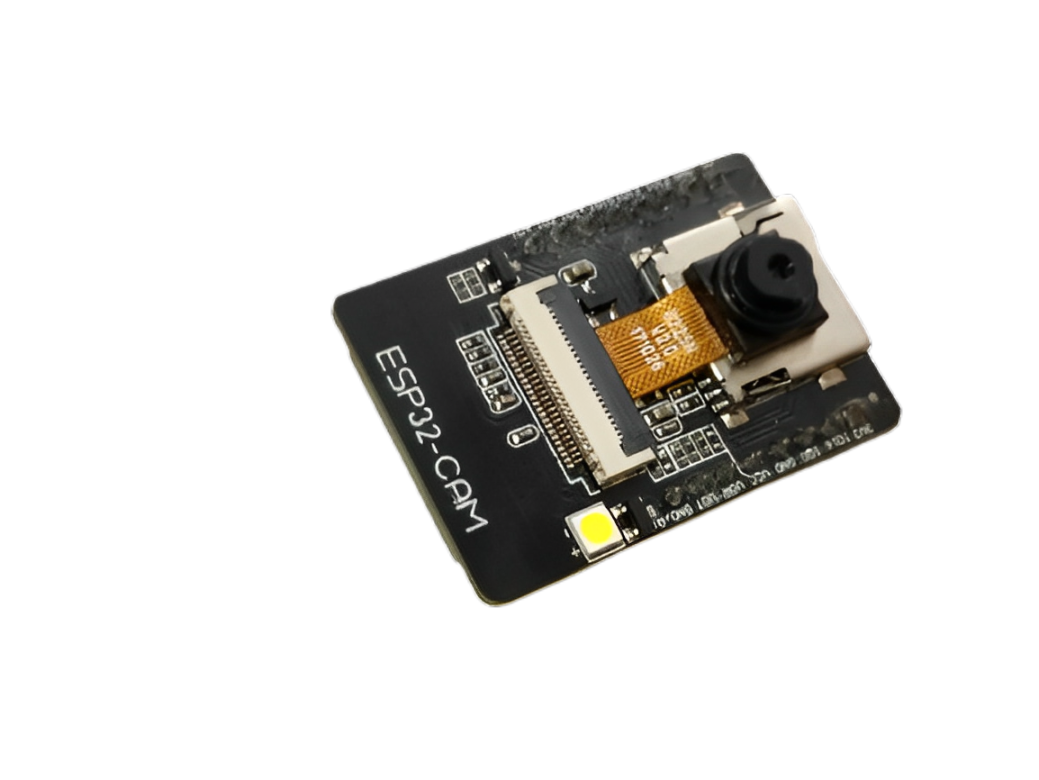

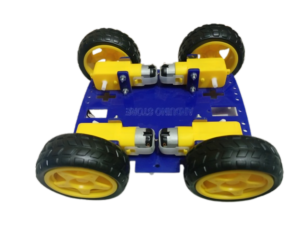
Reviews
There are no reviews yet.